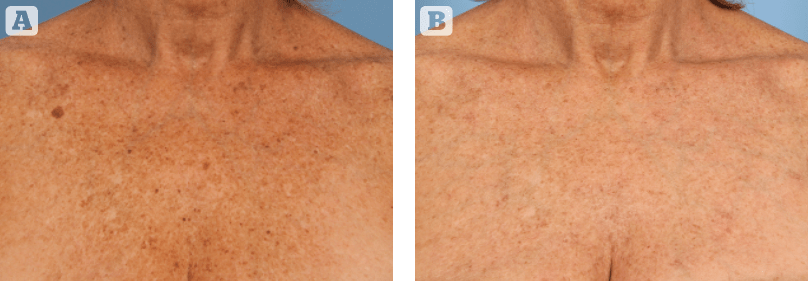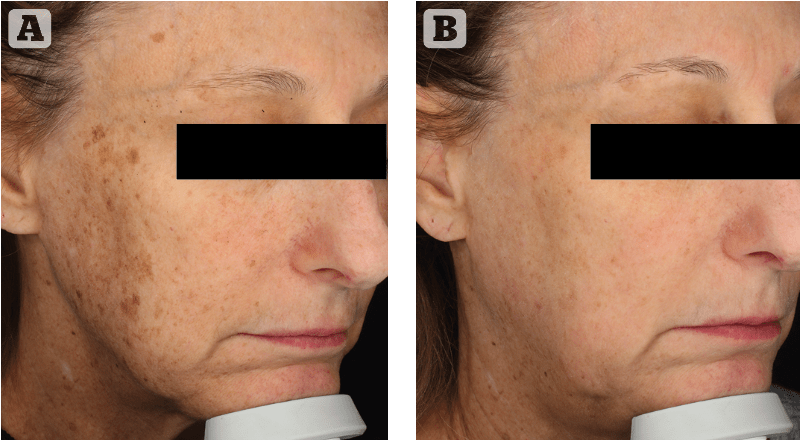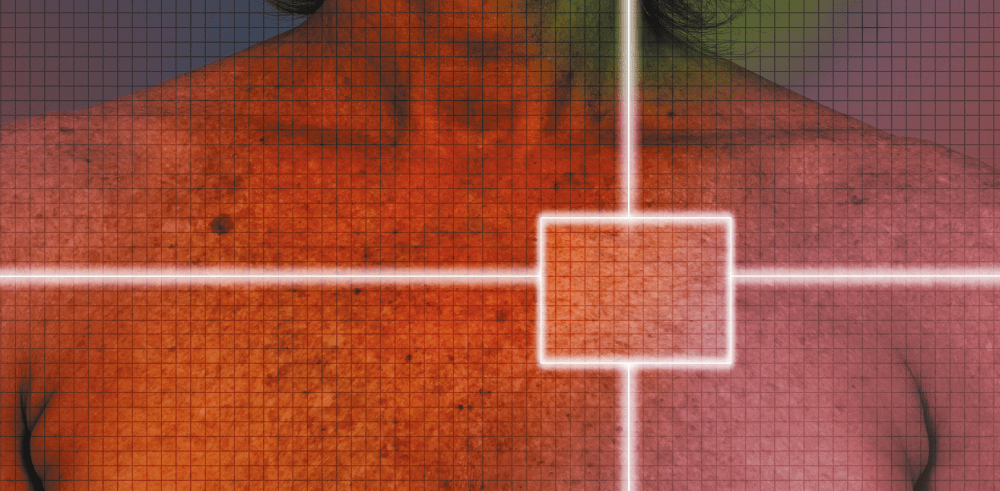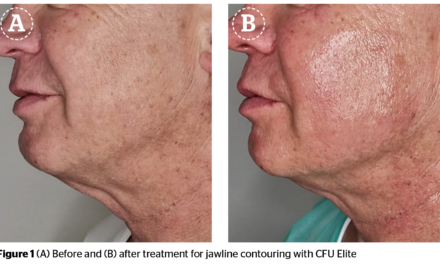Konika Patel Schallen, MD discusses the uses for the laser in treating skin pigmentation, tone, and texture as
a stand-alone treatment or in combination

Konika Patel Schallen, MD, Founder and Medical Director at CMA Medicine (Center for Modern Aesthetic Medicine), Jacksonville, Florida, USA and Medical Director, Candela Corporation
email: [email protected]
Patients desire treatments for the skin to improve a range of vascular, pigmentary, and textural irregularities that produce an overall rejuvenated appearance with minimal time away from their normal activities. Laser-based devices, specifically non-ablative lasers in the mid-infrared (IR) spectrum, that are selectively absorbed in water are capable of delivering heat sufficient to coagulate and resurface skin in the epidermal and dermal layers of the skin by stimulating collagen production1. Non-ablative fractional lasers deliver energy to the skin in arrays that create microscopic treatment zones (MTZ’s) of treated skin with micro-epidermal necrotic debris (MENDS) located at the margins of the MTZ’s. Zones of healthy tissue between these areas contribute to the more rapid wound-healing response and the epidermal stratum corneum is preserved as compared to ablative therapies or full-beam laser treatments2–3.
The 1940 nm wavelength is highly absorbed in water and can create focal damage to approximately 200 microns in depth. The peak absorption of water in this region is at 1935 nm. As such, the 1940 wavelength is a useful tool for treating the more superficial layers of the skin, including treating abnormalities in the epidermis and superficial dermis. It can be used independently and also in combination with the 1550 nm wavelength to create a layered approach to treatment.
The 1550 nm wavelength penetrates more deeply to at least 800 microns and is also less highly absorbed in water, creating a different pattern of thermal coagulation than the 1940 nm wavelength. The 1550 nm wavelength remodels skin on a deeper level and can be used for treating deeper tissue or scarring. The 1940 nm wavelength is a useful tool for resurfacing the superficial layers to yield clinical improvements in overall texture and pigmentation and also an improved appearance of fine, crepey skin. Other combination treatments can include treatment of redness with VBeam 595 nm pulsed dye laser or IPL, such as the PR 530 or VL 555 handpieces. Additionally, the treatment of blue vessels with the NdYag wavelength can also be used as required for an overall rejuvenation treatment approach.
The Handpiece
The Frax 1940 handpiece is equipped with a replaceable roller tip and motion sensor, which allows control of the rate at which the laser delivers the MTZ arrays to the skin. Scan widths range from 4–12 mm and energy per MTZ and percent coverage are adjusted based upon the desired effect. For larger and more generalized resurfacing, the 10–12 mm scan width is preferred in multiple passes depending upon the skin type and skin condition to be treated. The Frax 1940 has the ability to digitally control the scan width without replacing the treatment tip. The scan width can be minimized to 4 mm, allowing for the treatment of epidermal skin abnormalities such as small, linear scars or benign epidermal pigmented lesions for which the clinician may wish to spare the surrounding tissue. The laser only operates in motion, providing a safeguard to overlapping energy deposition. Integrated air cooling improves patient comfort.
Treatments
Patients well-suited to treatment with the Frax 1940 handpiece are those who desire improvement of overall tone and texture due to photoaging. The face, decollete and hands area ideally suitable locations for treatment. The wavelength is also being studied for its use in the treatment of pigmented lesions and is also being shown to have an effect on the treatment of hyperpigmented skin. As with any laser treatment, protection from the sun, both pre- and post-treatment is important. There should be no active infection or irritation of the skin in the area being treated and there should be no significant medical abnormality that would impair wound healing.

Prior to treatment, a topical anaesthetic is typically applied (lidocaine 23%/tetracaine 7%) for 30 minutes under occlusion and then completely removed. The skin is thoroughly cleaned and dried prior to treatment. Initial parameters for full area treatment of the face in skin types I–III generally begin with 3–4 passes at scan width of 10–12 mm, 14–18 MJ per MTZ and densities of 35–45%. Scan width is then reduced to 4 mm to treat individual lesions with 2–3 additional passes using increased densities up to 50%. Treatments off the face may require fewer passes or decreased fractional coverage. In darker skin types, the fractional coverage and number of passes are reduced to 20% or below and 2–4 passes, respectively. Treatments are performed monthly at approximately 4-week intervals for a total of 3 sessions.
Post-treatment patients will experience erythema, oedema and possibly crusting depending upon the number of passes and density of treatment. In general, 2–3 days of redness and downtime are visible for mild to moderate treatments with an increasing number of days for more intensive, multipass, higher energy and higher density treatments. Post care involves strict sun protection and ample barrier moisturization.

The Frax 1940 treatment provides a high degree of patient satisfaction when performed alone. It can also be performed in combination with the Frax 1550 and/or intense pulsed light (IPL) to further treat pigment, redness or for coagulation of tissue at increased depths.
Declaration of interest The author is Medical Director and Global VP of Clinical Operations at Candela Corporation, manufactures of the Nordlys and Frax Pro systems.
Figures 1-2 © Konika Patel Schallen
References
- Angelo-Khattar M. (2018) Non-ablative Lasers for Photorejuvenation. In: Issa M., Tamura B. (eds). Lasers, Lights and Other Technologies. Clinical Approaches and Procedures in Cosmetic Dermatology. Springer, Cham.
- Geronemus RG. Fractional photothermolysis: current and future applications. Lasers Surg Med. 2006;38:169-176
- Fractional photothermolysis: a novel aesthetic laser surgery modality. Dermatol Surg. 2007;33:525-534






